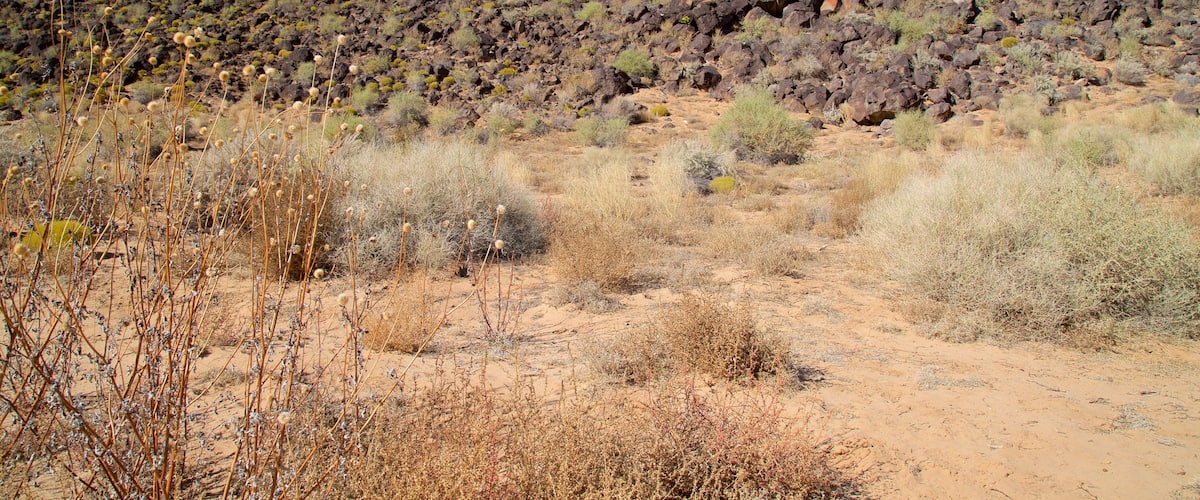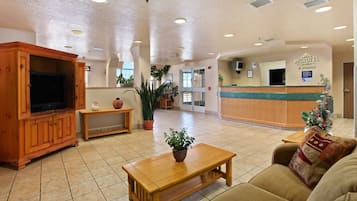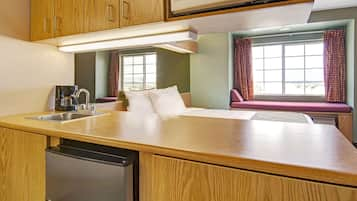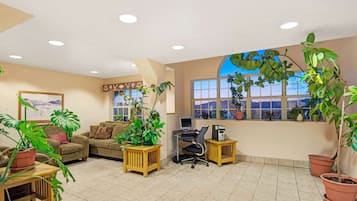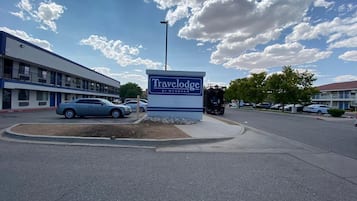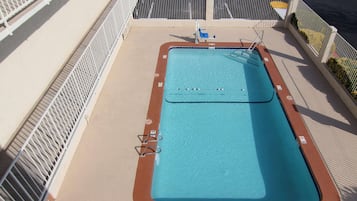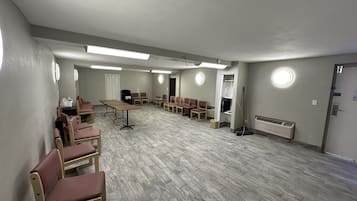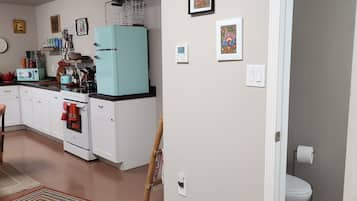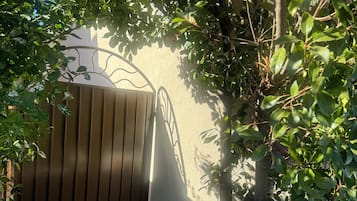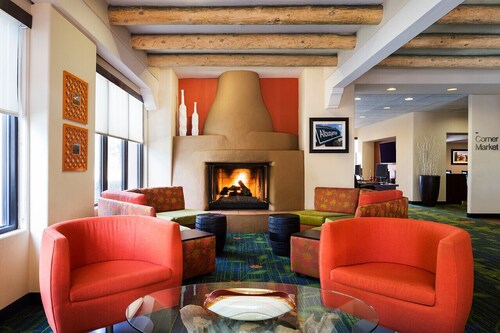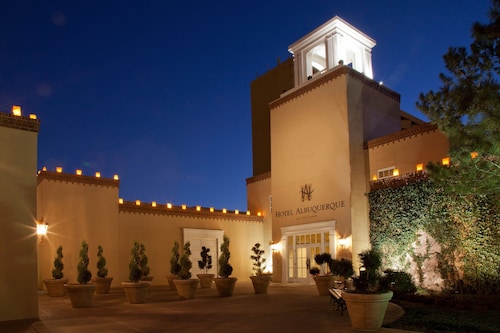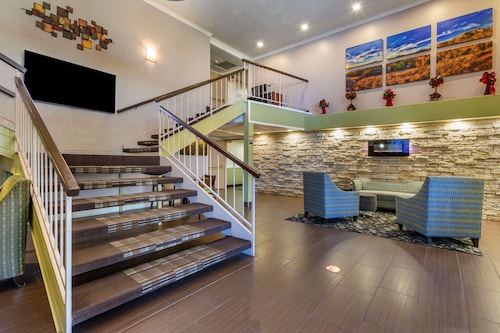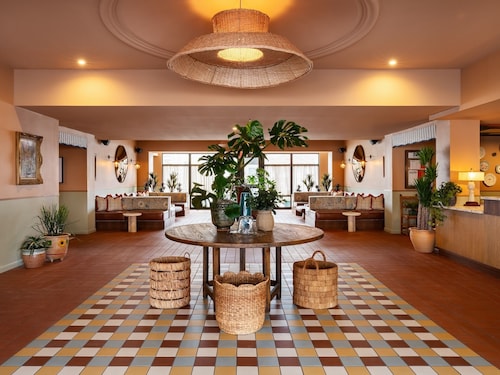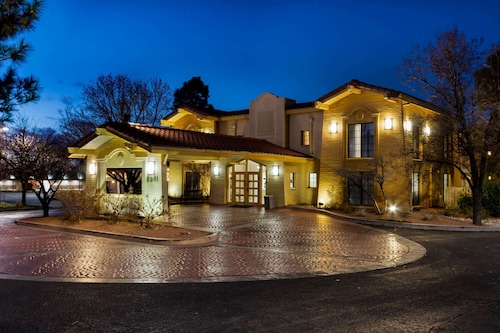Search Hotels in Petroglyph National Monument
Better together
Save up to AU$703 when you book a flight and hotel together*
Find the right fit
With over 300,000 hotels worldwide, it's easy to create a perfect package
Rest easy
Plan, book, and manage your trip all in one place
Go beyond your typical stay near Petroglyph National Monument
Check prices for these dates
Tonight
Tomorrow
This weekend
Next weekend
Compare hotels in Petroglyph National Monument with room rates, reviews, and availability. Most hotels are fully refundable.

Heated Pool and Hot Tub -Casa Bonita An Irvie Home
Heated Pool and Hot Tub -Casa Bonita An Irvie Home
9.8 out of 10, Exceptional, (32)

Deck, Putting Green & Views: Albuquerque Oasis
Deck, Putting Green & Views: Albuquerque Oasis
10.0 out of 10, Exceptional, (2)

Gorgeous house w/hot tub pool table gaming table next to amazing walking trail!
Gorgeous house w/hot tub pool table gaming table next to amazing walking trail!
10.0 out of 10, Exceptional, (8)

Quality Inn & Suites Albuquerque West
Quality Inn & Suites Albuquerque West
7.4 out of 10, Good, (1020)
The price is AU$134
includes taxes & fees
4 Aug - 5 Aug

Super 8 by Wyndham Albuquerque West/Coors Blvd
Super 8 by Wyndham Albuquerque West/Coors Blvd
7.0 out of 10, Good, (1021)
The price is AU$112
includes taxes & fees
16 July - 17 July

Hampton Inn & Suites Albuquerque-Coors Road
Hampton Inn & Suites Albuquerque-Coors Road
8.0 out of 10, Very good, (1005)
The price is AU$200
includes taxes & fees
2 Aug - 3 Aug
Lowest nightly price found within the past 24 hours based on a 1 night stay for 2 adults. Prices and availability subject to change. Additional terms may apply.
Save an average of 15% on thousands of hotels when you're signed in
Recent reviews of Petroglyph National Monument hotels
Recent reviews of Petroglyph National Monument hotels
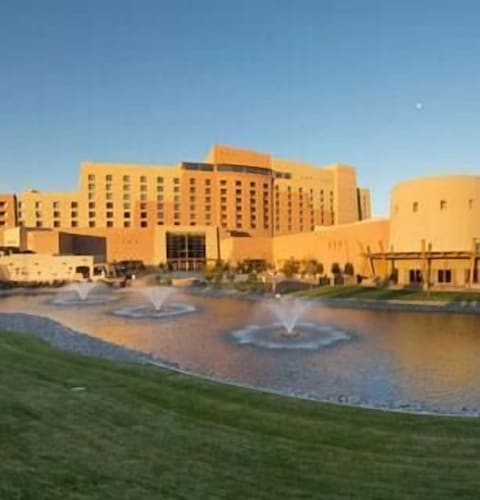
Sandia Resort And Casino
5/5 Excellent
"Beautiful hotel. Great food. Great Casino. Beautiful Pool."
A verified traveller from El Paso stayed at Sandia Resort And Casino
Posted 16 hours ago
Explore a world of travel with Expedia
Explore a world of travel with Expedia
Top cities in Petroglyph National Monument
- Las Vegas Hotels
- New York Hotels
- Orlando Hotels
- Myrtle Beach Hotels
- Chicago Hotels
- San Diego Hotels
- Panama City Beach Hotels
- Destin Hotels
- Ocean City Hotels
- Los Angeles Hotels
- Miami Hotels
- Boston Hotels
- Gulf Shores Hotels
- Nashville Hotels
- Atlantic City Hotels
- Pigeon Forge Hotels
- Virginia Beach Hotels
- Atlanta Hotels
- San Francisco Hotels
Hotels near popular Albuquerque Attractions
More Accommodation Types in Petroglyph National Monument
- Holiday Homes in Petroglyph National Monument
- Apartments in Petroglyph National Monument
- Cottages in Petroglyph National Monument
- Motels in Petroglyph National Monument
- Condo Rentals in Petroglyph National Monument
- Guest Houses in Petroglyph National Monument
- B&B in Petroglyph National Monument
- Villas in Petroglyph National Monument
- Resort in Petroglyph National Monument
- Caravan Parks in Petroglyph National Monument
- Farmstay in Petroglyph National Monument
- Cabin Rentals in Petroglyph National Monument
- Castles in Petroglyph National Monument
- Inns in Petroglyph National Monument
- Lodges in Petroglyph National Monument
Hotels near Petroglyph National Monument Airports
Explore more hotels
Expedia's Latest Trends
Hotels
- Portland accommodation
- Warwick Le Lagon - Vanuatu
- Mangoes Resort
- Motels Hooker
- Gundagai accommodation
- Caravan Parks Merimbula
- TRYP by Wyndham Mall of Asia Manila
- Cairns accommodation
- Ingenia Holidays Noosa North
- El Nido accommodation
- The Star Grand at The Star Gold Coast
- Melbourne's Princes Park Motor Inn
- Eden Beach Khaolak Resort and Spa A Lopesan Collection Hotel
- Cordia Serviced Apartments
Flights
Packages
General
